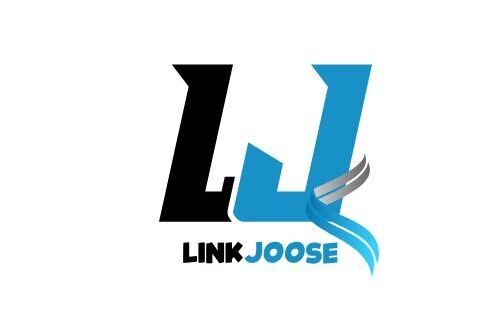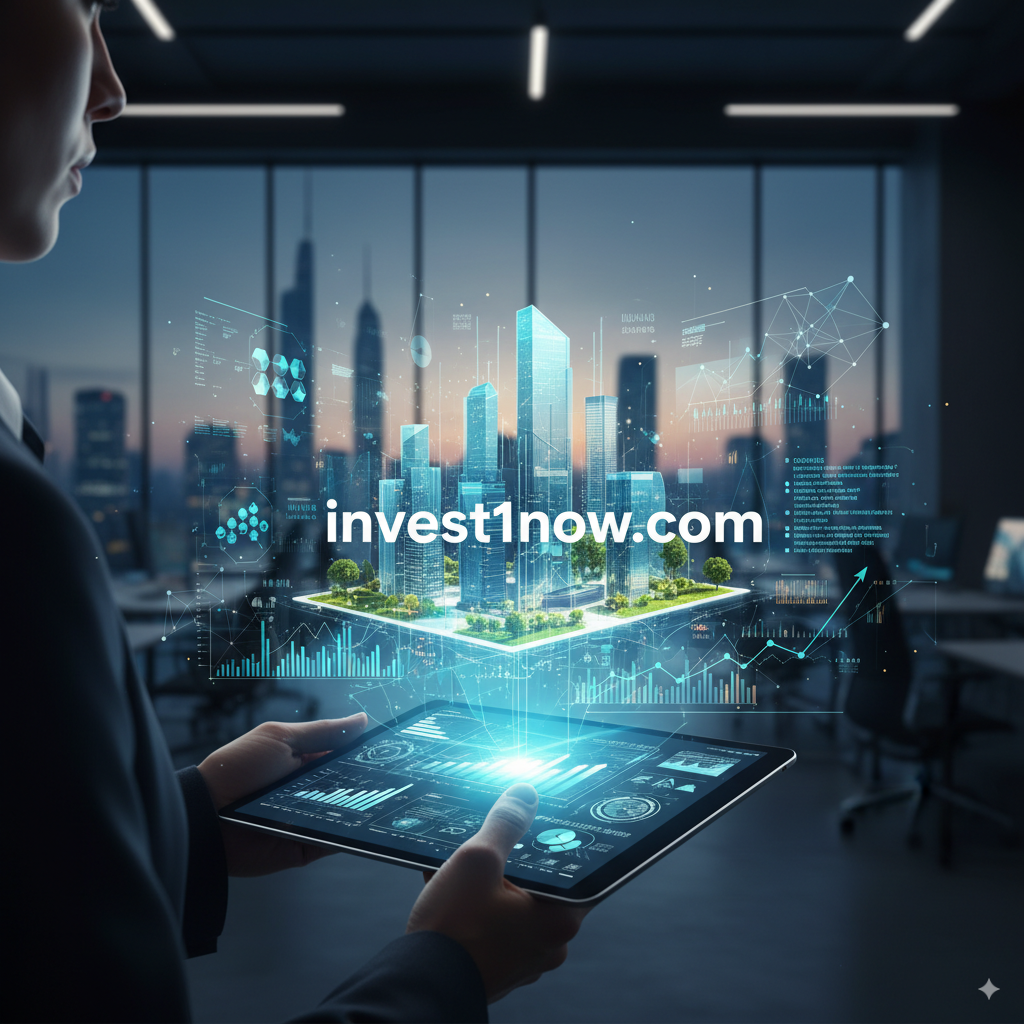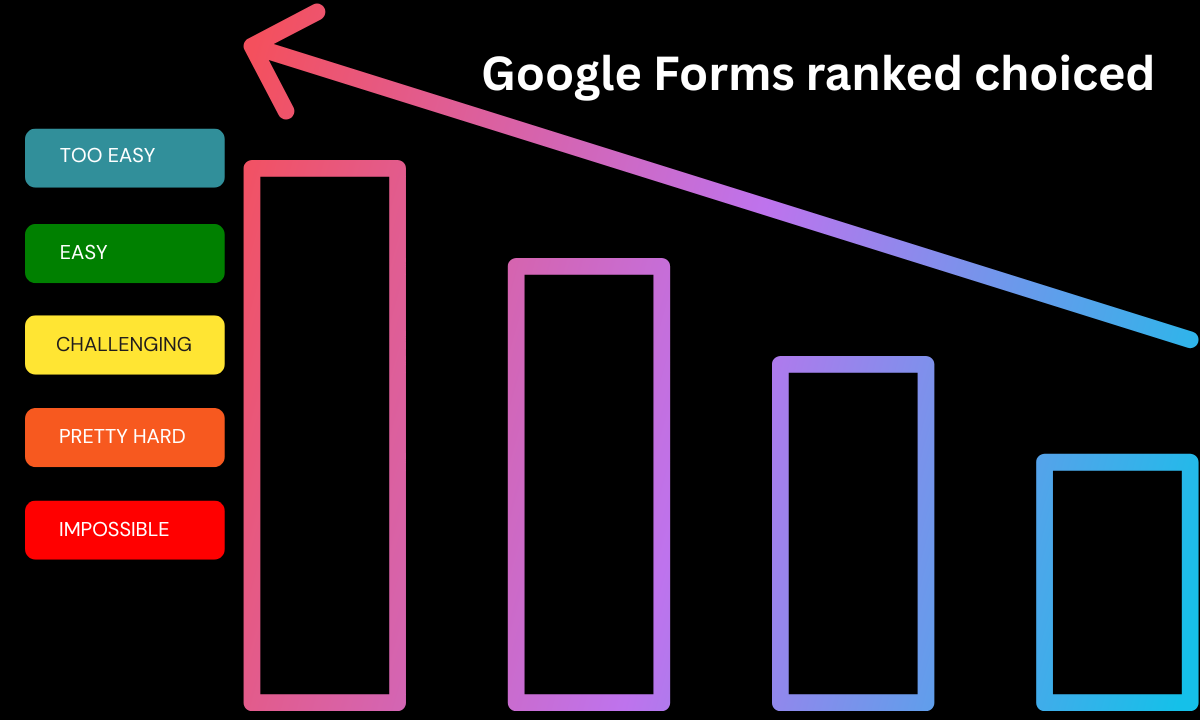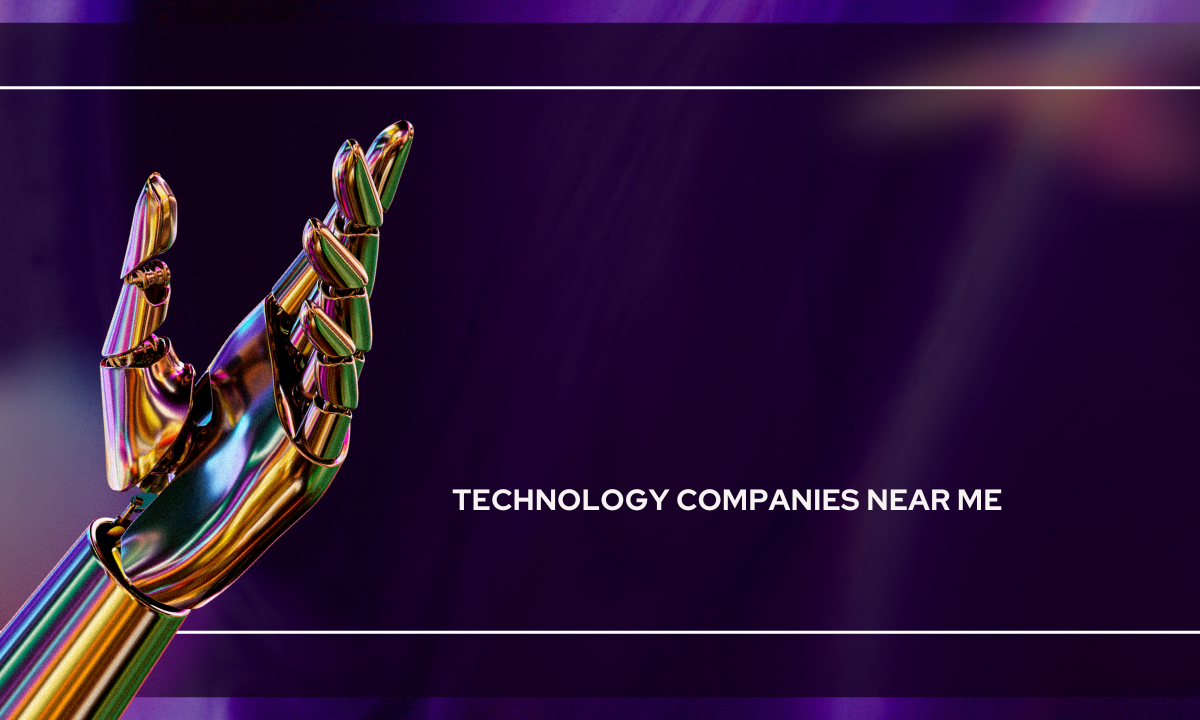Introduction:
Information Technology:
Whether we want to believe it or not, Construction, just like any other industry, has adopted Information technology (IT). From project management to facility management, information technology solutions are changing the way structures are planned, built and operated. Referred to as the “information technology building,” this approach encompasses the application of advanced information Technology and communication technology (ICT) systems into the building process leading to smarter, better and greener buildings. This paper outlines how IT has transformed these operations and the construction industry at large in terms of efficiency, safety and sustainability.
1. IT In Project Planning And Designing
Information Technology:
Of all aspects of construction that IT has managed to modify, project planning and design processes have been the most enhanced. The days when engineers had to depend on paper drawings and sketching in plans are no more. There are already advanced systems in place, for instance Building Information Modeling (BIM), where construction multidisciplinary teams embed information in every detail of the structure even before the actual site work starts.
BIM enables participants to build a detailed 3D perspective of a structure and how every part (e. g, drainage, electric wiring, and air-conditioning) works in tandem. Such design helps reduce mistakes, cut down expenses, and guarantees the beautiful integration of all the building systems. Its tools also promote collaboration among architects and engineers as well as contractors without regard to their locations.
Also, thanks to the internet, such models and drawings can be pulled up from anywhere, allowing quicker action and more flexibility. This application of IT within the design stage facilitates quick revision of the existing plans, if need be, hence saving both time and money.
During the process of building, the use of information technology has enhanced the abilities of people greatly. While drones serve many purposes on a construction site – surveying everything from the mounting of the scaffolding to the pouring of concrete – their main role in such a fresh approach is to provide regular updates on the state of the works and warn of problems that may escalate in the future. Thanks to the combination of high-resolution cameras and advanced sensors, drones have made it easier to monitor any construction over a large area in a relatively short time and even more precisely than it can be done without them.
Further, IT instruments such as project management software are useful in ensuring that construction teams do not fall behind the schedule. These systems facilitate the supervision of labour, materials, and equipment so that each section of the project is finished at the designated time. Automated scheduling systems can notify managers of delays and possible bottlenecks in order that managers can modify the workflow to meet deadlines.
Construction apparatus is starting to get smarter as well, and it-enabled machines are better at performing tasks than the previous traditional methods. Construction equipment, including bulldozers and cranes fitted with GPS and other sensors, can deliver services and lessen mistakes caused by human beings, thus increasing the safety level on the construction site.
3. Safety Management Supported by Information Technology
Work safety in construction is one of the major principles, and the construction industry is using Information Technology for the better and safer use of the workforce. There is a growing trend of using UAV (for instance smart helmets, vests) for active monitoring of workers’ safety and health on construction sites. Those possessors can register heart rates, body temperatures, and the level of tiredness, informing the bosses about the workers who are at a risk of being overworked.
Apart from wearables, site managers are also using IT systems to establish a virtual perimeter around dangerous areas (known as geofencing). In the case of entering a prohibited area, the worker and his or her supervisor are notified through the system before the situation escalates.
Drones and robots are also being used to survey parts of the construction site that are impractical or unsafe for workers, minimising the risk to the labourers. The growing dependence on IT for safety measures is resulting in fewer accidents on site and allowing the workers to carry out their activities within a safer setting.
4. Bringing Sustainability Through The Adoption IF IT Strategies
Sustainable practices have become a major component of the construction industry thanks to their contribution to the enhancement of green buildings.
With the use of IT solutions, contractors can make better energy saving and thermal efficient building designs. For instance, with smart buildings, light, heat, and air conditioning systems can be controlled and operated such that energy is not wasted.
BIM programs help architects to also assess the energy use of a structure depending on the building materials chosen. Hence, it helps in making decisions on eco-friendly building materials that can still help achieve the energy goals of the building.
Moreover, IT systems enable the analysis of a building over time to find out energy-leaking points and recommend corrective measures. By integrating IT throughout the lifecycle of a building, be it in design or operations, construction firms can be a part of a sustainable development initiative.
5. Facility Management and Maintenance
Even after construction has been completed, IT is still an important component in Facility management and maintenance.IoT devices integrated in smart buildings can control air quality, temperature, light intensity and similar other aspects. The feedback system is immediate and thus the building managers are able to take measures that enhance the pleasantness and energy conservation of the environment.
Predictive maintenance is its contribution in building management that brings an additional advantage. Through the use of IoT sensors to monitor the working condition of certain systems, such as the HVAC or elevator system, facility management practitioners are able to predict when maintenance will be required ahead of any failure or breakdown. This enables a reduction in the expensive maintenance costs and facilitates the normal running of the building.
Facility management that relies on the web enables the centralization of control of many systems, which in turn allows managers to remotely monitor and control the maintenance of the building. Hence, it ensures that any problems that come up can be dealt with promptly and with little interference to normal operations.
FAQs on Information Technology (IT)
- What is Information Technology (IT)? Information Technology (IT) refers to the use of computer systems, networks, software, and data management tools to store, process, and transmit information. It encompasses a wide range of technologies, systems, and processes used for computing, communication, and data storage. IT plays a critical role in almost every industry, helping businesses streamline operations, make better decisions, and enhance communication. It includes hardware, software, databases, networks, and even services like cloud computing and cybersecurity.
- What are the core components of Information Technology? The core components of IT can be broken down into several areas:
- Hardware: This includes physical devices like computers, servers, networking devices, and storage systems that allow data processing and storage.
- Software: IT relies on software programs to perform tasks, such as operating systems, applications, and business-specific tools.
- Networking: Communication technologies that link devices together, such as the internet, local area networks (LAN), and wide area networks (WAN), enabling data sharing.
- Data Management: This refers to the systems used to store, retrieve, and manage data, such as databases, data warehouses, and cloud storage.
- Cybersecurity: Protecting data and IT infrastructure from unauthorized access, attacks, or damage.
- Cloud Computing: Services that offer online data storage, processing, and computing power, which can be accessed remotely.
- Why is Information Technology crucial in today’s world? Information Technology has transformed how we live, work, and communicate. In businesses, IT optimizes processes, boosts productivity, and enables faster decision-making by providing real-time access to information. It helps businesses scale quickly by utilizing automation and advanced analytics. For individuals, IT makes tasks easier, offering tools for communication, entertainment, and education. Without IT, the world would be far less connected, and operations would be slower, less efficient, and more prone to errors. IT also fuels innovation, making advancements in fields such as healthcare, finance, education, and logistics.
- What are the most common career options in the field of Information Technology? The IT field is vast, offering a multitude of career opportunities. Some of the most common career paths include:
- Software Development: Software developers design, create, and maintain applications and programs. This can involve everything from developing websites to building mobile apps and enterprise software.
- Network Administration: Network administrators manage and maintain computer networks within organizations, ensuring reliable and secure communication between devices.
- Cybersecurity Specialist: These professionals focus on protecting computer systems and networks from threats, such as hackers, viruses, and cyberattacks.
- Data Analyst/Scientist: These professionals interpret large volumes of data to extract meaningful insights that help businesses make data-driven decisions.
- Cloud Computing Specialist: Cloud experts manage cloud infrastructure, optimizing how data is stored and accessed remotely, offering flexibility and cost-efficiency.
- IT Support Specialist: IT support technicians assist users with troubleshooting, fixing hardware or software issues, and maintaining equipment.
- Systems Architect: A systems architect designs the overall structure of IT systems and ensures that hardware, software, and networks work seamlessly together.
- What are the emerging trends in Information Technology? Several exciting trends are currently reshaping the IT landscape:
- Artificial Intelligence (AI) and Machine Learning (ML): These technologies allow machines to learn from data and make decisions with minimal human intervention, revolutionizing industries such as healthcare, finance, and manufacturing.
- Cloud Computing: Cloud services allow businesses to store and access data over the internet instead of relying on local servers, enabling scalability, cost-efficiency, and remote work capabilities.
- Blockchain Technology: Blockchain offers a secure and transparent way to track transactions and manage data across decentralized networks. It is being used in areas like finance, supply chain, and healthcare.
- Internet of Things (IoT): IoT connects physical devices to the internet, enabling them to collect and exchange data. Examples include smart homes, wearable devices, and connected cars.
- Edge Computing: This involves processing data closer to where it is generated (e.g., on devices or local servers) rather than relying solely on centralized cloud systems, improving response times and reducing latency.
- 5G Networks: 5G technology is set to revolutionize communication by providing faster, more reliable internet speeds, enhancing mobile services, and enabling real-time data transfer for IoT devices.
- How does Information Technology impact business operations? IT is crucial for modern businesses, helping them optimize operations, enhance customer service, and drive innovation. It improves communication by providing tools like email, instant messaging, and video conferencing. IT also allows businesses to manage vast amounts of data, enabling data-driven decision-making and helping organizations understand market trends and customer preferences. Cloud computing allows businesses to scale without significant capital investment in infrastructure, and e-commerce platforms enable businesses to sell products globally. IT also helps automate routine tasks, freeing up time for employees to focus on more strategic initiatives.
- What are some of the challenges faced by Information Technology? While IT offers numerous benefits, it also comes with challenges:
- Cybersecurity Threats: The rise in cyberattacks, data breaches, and ransomware poses significant risks to businesses and individuals. Ensuring data security is an ongoing challenge.
- Data Privacy Issues: With the increasing amount of data being collected, there are concerns about how personal information is handled and whether it is adequately protected.
- Rapid Technological Change: The rapid pace of technological advancements can be overwhelming. Organizations often struggle to keep up with updates, new tools, and training employees on the latest systems.
- Integration of Legacy Systems: Many businesses still rely on outdated Information technology, and integrating old systems with new IT solutions can be complex and costly.
- Skill Shortage: The demand for skilled IT professionals continues to grow, but there is a shortage of trained workers in areas such as cybersecurity, cloud computing, and data science.
- What is the difference between Information Technology and Computer Science? While Information Technology and Computer Science share common elements, they focus on different aspects of computing. IT is primarily concerned with the practical application of technology for businesses and individuals. It involves managing networks, databases, software, and systems to ensure the smooth operation of technology infrastructure. Computer Science, however, focuses more on the theoretical and academic side of computing, studying algorithms, programming languages, and the development of new technologies. Computer Science often delves into the creation of software and systems from a deeper, more foundational perspective.
- How is IT evolving with the rise of new technologies? IT is evolving rapidly, thanks to breakthroughs in technologies such as AI, quantum computing, and 5G. AI and ML are automating processes, reducing human error, and enabling smarter decision-making. Quantum computing promises to solve complex problems at speeds far beyond current capabilities. Blockchain technology is transforming how data is stored and secured, offering decentralized and tamper-proof records. Additionally, cloud computing and IoT are providing businesses with unprecedented scalability, flexibility, and real-time data collection, leading to smarter, more efficient operations.
- What is the role of Cloud Computing in Information Technology? Cloud computing allows businesses and individuals to store, process, and manage data over the internet, rather than relying on physical hardware or local servers. This technology enables greater flexibility, scalability, and cost-efficiency. Businesses can access software, storage, and computing resources on-demand, avoiding the need for large upfront investments in IT infrastructure. Cloud computing also facilitates collaboration by enabling employees to work from anywhere with an internet connection, making it essential for remote work and global operations.
Conclusion
Information Technology is at the heart of almost every aspect of modern life. It has transformed how we communicate, work, and solve problems, and its impact is only expected to grow. With the rapid advancements in technologies like Artificial Intelligence, Machine Learning, Cloud Computing, and Blockchain, IT continues to drive innovation across industries. From improving business operations to enhancing the way individuals access information, IT is a catalyst for change and growth.
However, with its immense potential come challenges. Cybersecurity threats, data privacy concerns, and the rapid pace of technological change present hurdles that businesses, governments, and individuals must navigate. Staying informed about these trends and continuously adapting to the evolving IT landscape will be crucial for success in the coming years.
The future of IT holds exciting possibilities, from smarter technologies to more interconnected and efficient systems. As IT continues to advance, it will undoubtedly play an even more critical role in shaping the global economy, driving technological progress, and improving quality of life for people around the world.












